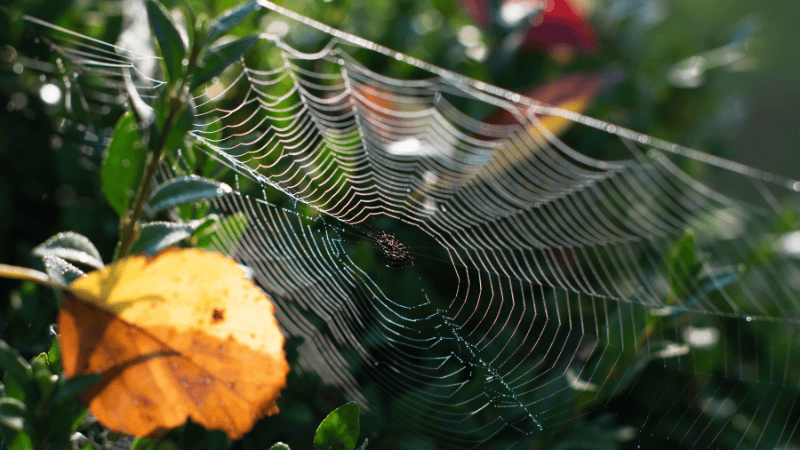Red Flags: Signs You Have Bed Bugs

In our last blog, we explored ways that you can prevent bed bugs from entering your home and becoming a major pest problem. Today, we are examining red flags that could key you off to a burgeoning bed bug issue. It is important to know the signs to look for so that a few bed bugs don't become a bed bug infestation.As we have discussed in previous blogs, the term bed bug is a bit of a misnomer. Bed bugs do not only inhabit your mattresses and boxsprings. They can be found in any warm, dark area. This means that bed bugs have been documented in places such as hospitals, medical practices, movie theater seats, buses, trains, airplanes, hotels, dorms, and many types of furnishings.What could start out as a small bed bug problem, isolated to a small area, could blossom into a huge bed bug infestation due to the bug's short breeding cycles and massive litters. Bed bugs can quickly get out of hand in any home. No home is immune. The earlier you're able to detect the warning signs of a growing infestation, the easier eradication will be. Here are some common signs that you may have a bed bug issue in your home.
Bed Bug Sightings

Many times the first thing that has homeowners contacting our specialists are the actual sightings of a bug or two in and around their bed. Often times, homeowners are not sure what the critter is but they know they don't want them in their bed.Bed bugs are extremely small and can be difficult to spot, especially since they mostly come out at night. Although their shape changes as they age, many bed bugs are reddish-brown. They tend to be flat and oval-shaped. Some bed bugs can be small as poppy seeds; others can be as big as the size of an apple seed. We can positively identify the bug you have found and determine a course of treatment that is appropriate.
Physical Evidence
Aside from actually seeing a bed bug, there is usually other physical evidence that can indicate there is a bed bug problem. Other evidence that could be a sign of a bed bug infestation could be blood on your sheets or mattress, feces in the same area (small specks of grime), or exoskeletons; the shedded skin of the bed bug which tends to be light brown or reddish brown in color.
A Smell
Outside of the actual sighting or physical evidence of a bed bug, there may be a smell that could be a red flag. Bed bugs secrete a pheromone that has been identified by experts as alarm signals. These chemical signals are described by scientists at the Centers for Disease Control as being sweet and musty.
Bite Marks

Bed bugs do bite and use human blood for nourishment. Their bites tend to look light pink in color with a darker, reddish center. The bite marks may be slightly raised and swollen and occur in rows or clusters. These bites are extremely itchy and bothersome. A doctor should examine you to determine the nature of the bites.Do you have any of these red flags that your home may have bed bugs? Call our specialists at 800.287.4321 or via our website contact page.



